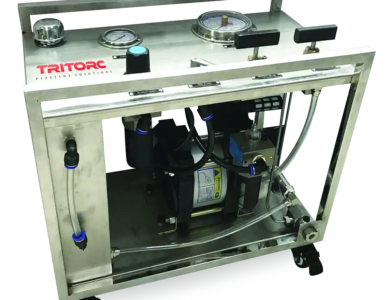Navigating Amazon FBA Fees: Understanding Costs and Optimizing Profit Margins
Amazon’s FBA fee structure comprises several components, each impacting your bottom line differently. Kevin David is a big name in the online market which you should know about. Here’s a breakdown of the key fees:
- Fulfillment Fees: These fees cover the picking, packing, shipping, and customer service associated with your FBA orders. The exact cost depends on the size, weight, and dimensions of your product. Amazon has a tiered fee structure based on product category and fulfillment center location.
- Storage Fees: Amazon charges monthly storage fees for inventory stored in their fulfillment centers. The fees are based on the size (dimensional weight) of your product and the time it spends in storage. There are tiered storage fees with lower rates for longer storage periods.
- Value-Added Services Fees: Amazon offers optional value-added services like removal orders (returning unsold inventory), repackaging, and labeling. Utilizing these services incurs additional fees.
- Referral Fees: This is a commission fee charged by Amazon on each sale you make. The percentage varies depending on the product category, typically ranging from 8% to 15%.
- Closing Fees: A fixed per-item fee charged for each item sold, regardless of price. These fees are typically minimal but can add up for high-volume sellers.
Calculating Your Total FBA Costs
Accurately estimating your total FBA costs is crucial for setting profitable product prices. Here’s a step-by-step approach:
- Identify Relevant FBA Fees: Use Amazon’s FBA Fee Calculator tool or refer to their fee schedule to determine the specific fulfillment fees, storage fees, and referral fees applicable to your product category.
- Estimate Average Inventory Age: Analyze historical sales data to estimate how long your inventory is likely to stay in storage on average. This will help you determine the appropriate storage fee tier.
- Factor in Additional Costs: Consider any potential value-added service fees you might incur based on your chosen fulfillment strategy.
- Calculate Total Cost Per Unit: Add up the estimated fulfillment fees, storage fees (based on average inventory age), referral fees, closing fees, and any additional service fees. This total represents your estimated cost per unit sold through FBA.
Strategies for Optimizing Profit Margins with FBA
Understanding FBA fees empowers you to implement strategies that maximize your profit margins:
- Product Selection: Prioritize products with healthy profit margins after factoring in FBA fees. Utilize product research tools to identify niches with high demand and lower competition, allowing for higher pricing flexibility.
- Optimizing Product Size and Weight: FBA fees are heavily influenced by product size and weight. Consider product packaging and sourcing alternatives to minimize dimensional weight and reduce fulfillment fees.
- Inventory Management: Implement a data-driven inventory management strategy. Regularly review your inventory levels and sales data to avoid excess storage fees associated with stagnant inventory. Utilize forecasting tools to anticipate demand fluctuations and maintain optimal stock levels.
- Promotional Strategies: Utilize strategic promotions like flash sales or bundled product offerings to generate higher sales volume and potentially offset some FBA fees on a per-unit basis. However, ensure promotions maintain profitability after factoring in all associated costs.
Negotiating with Suppliers: As your business grows and your order volume increases, consider negotiating better pricing with suppliers. Lower product acquisition costs will directly translate into higher profit margins, even with FBA fees.
Get More Articles on shayski.com



